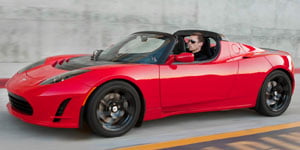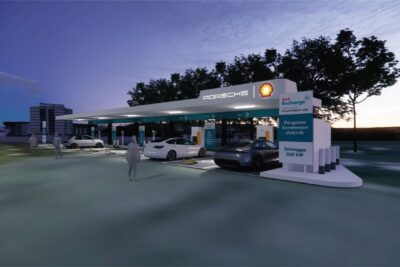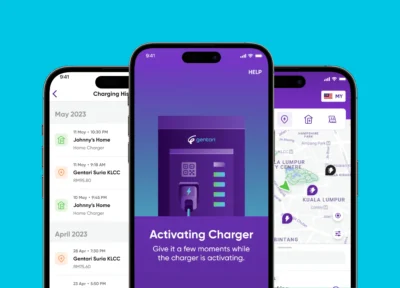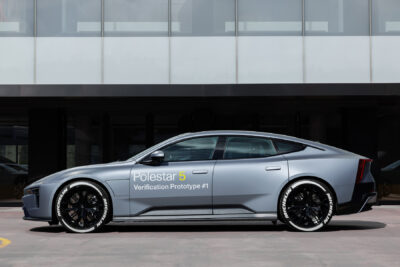Tesla, Malaysia, Sapienza University of Rome, StoreDot.
 How Tesla does it: Jeff Dahn from Dalhousie University wondered how Tesla realises a 400-mile range Roadster through an update (we reported). He found out that “incremental improvements to existing battery technology” rather than revolutionary new materials account for the better performance. Less plastic and slightly larger cells might have done the trick without changing chemistry.
How Tesla does it: Jeff Dahn from Dalhousie University wondered how Tesla realises a 400-mile range Roadster through an update (we reported). He found out that “incremental improvements to existing battery technology” rather than revolutionary new materials account for the better performance. Less plastic and slightly larger cells might have done the trick without changing chemistry.
technologyreview.com
Malaysia’s first FCV is a golf buggy designed and built by the National University of Malaysia (UKM). The project was funded by the government with 7 million ringgit (about 2 million dollars) over three years. A prototype of a full-size fuel cell car can be expected by 2016, UKM announced.
electricvehiclesresearch.com
Li-S research: A team from the University of Rome Sapienza has developed a Lithium-sulfur battery with higher energy density and stability. It combines a sulfur-carbon cathode, a Li-Sn-C nanostructured anode and a PEO-based, polysulfide-added electrolyte.
greencarcongress.com, nature.com
Future game changer? Three minutes only to fully charge your electric car – a promise almost to good to be true and made by Israeli StoreDot (we reported). The start-up now reinforced its claim at the CES when stating it would be ready to showcase its technology charging an EV at CES 2016. Let’s see!
autoexpress.co.uk
– Feedback –
Most clicked link on Wednesday was Detroit Electric, which has finally revealed the exterior and interior design of its SP:01 electric sports car.
autocar.co.uk





0 Comments